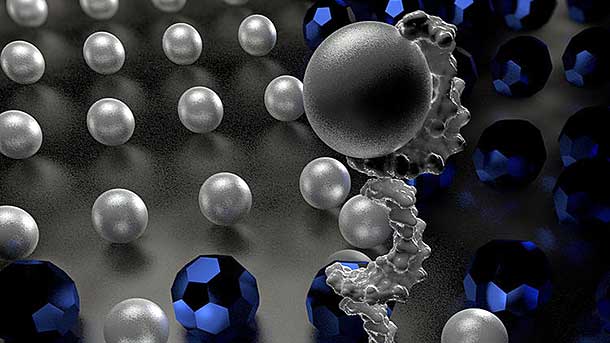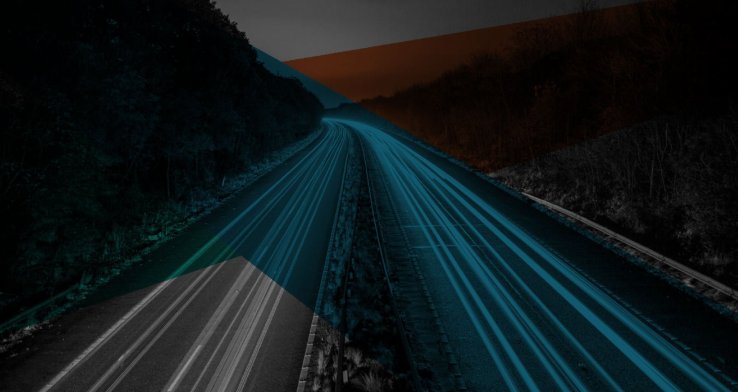Over the past few years, there have been many news stories about self-driving vehicles becoming a practical part of people’s daily lives. What was once a part of science-fiction is quickly becoming reality as the technology progresses. The question becomes whether self-driving vehicles will go into widespread use sooner or later. The latest annual report from the National Highway Traffic Safety Commission (NHTSA) reports that 37,461 people died on American highways in 2016.
A recent report has related that even if self-driving or “highly automated vehicles” (HAVs) are only slightly safer than standard cars and trucks driven by humans, they should be put on the road as soon as possible. The reasoning is obvious as the number one reason for vehicular accidents is human error. By taking the human element out of the equation, the number of deaths on the roads will be reduced. So, saving lives becomes the paramount reason why self-driving vehicles should be on the road.

Self-Driving Car
The report itself is based on roughly 500 situations that involve vehicular safety on the road and comparing self-driven to human-driven cars and trucks. While the safety of self-driving vehicles is certainly provable using computer simulations, collecting the real-world data necessary to make all the proper changes and advancement to the technology needed in making it a reality will take years.
This is because computer simulations only work with the information that is programmed into them. It is estimated that hundreds of millions, if not billions of miles will be needed before enough information is collected to create safe self-driving vehicles. And that might take hundreds of years given the current pace of testing.
Another aspect of the report that is being called into question is the actual number of lives that might be saved. It is not known if the number estimated is closer to the truth or not, even if it is generally agreed that self-driving vehicles should, under normal conditions, be safer that those driven by humans.
Getting the number of traffic fatalities down is the prime goal of self-driving vehicles, but the question is whether pushing more of these vehicles on the road now makes sense before the technology is fully ready. There is also the natural fear and apprehension that many people have about trusting their driving to a computer instead of themselves. It will likely take a new generation growing up with self-driving vehicles on the road that have proven to be safe before most people are comfortable with having them around. As for now, far more drivers are interested in having computer support systems that help them drive safer and more efficiently.
With so much that is still not known about the interaction between computer and human-driven vehicles and the myriad of situations that occur on the roadways, it will take years before all the kinks can be worked out. This means that you will likely see automated large trucks, taxis, and other transportation vehicles on the road first because their routes are more predictable.
References:
https://www.technologyreview.com/s/609450/autonomous-vehicles-are-you-ready-for-the-new-ride/

